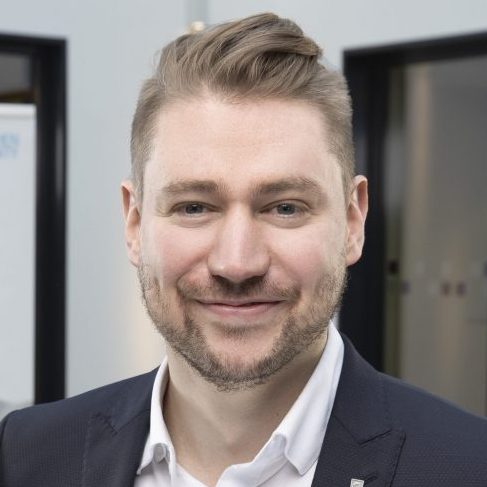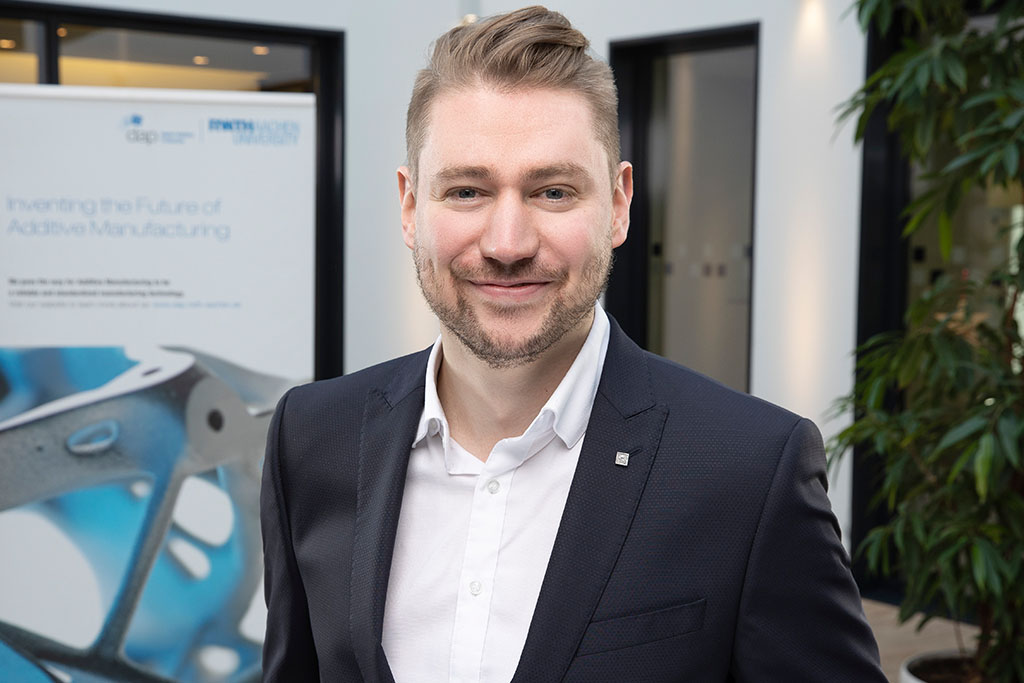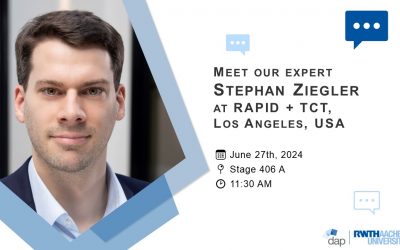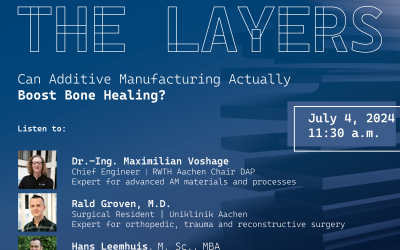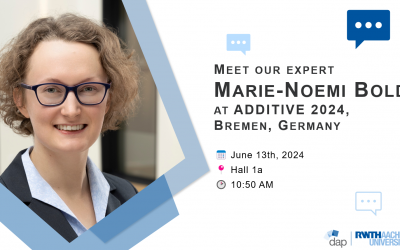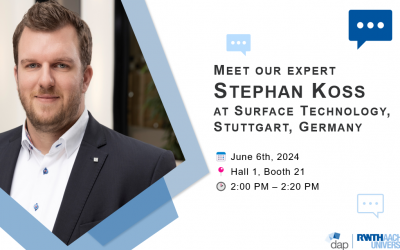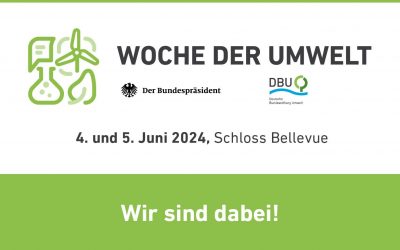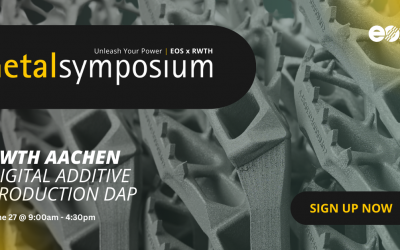The Faces beyond Our Research
#IamDAP: Carsten Putz
Carsten studied mechanical engineering at RWTH and has been part of the Digital Product Group at DAP since January 2021. Already as a student, he was passionate about cars and e-mobility, and recognized the potential of 3D printing early on. Today, he is researching how potentials from the field of Additive Manufacturing can be applied to optimize and automize the design process of so-called hairpins in electric motors.
Carsten, you studied mechanical engineering at the RWTH. Did Additive Manufacturing already play a role at that time?
Unfortunately, Additive Manufacturing was only briefly covered during my bachelor’s degree program. However, during my bachelor’s thesis, I was able to utilize the potential of plastic 3D printing to directly implement and test concepts for tools in the production of copper wires for electric motors. In my master’s degree program, I had more freedom in choosing courses and actively selected the lecture “Additive Manufacturing I”. However, without self-initiative, there were limited opportunities to learn about AM.
So, you, like many others, were infected with the AM virus later on. How did you end up at our chair?
Exactly. My first real exposure was during an internship at Porsche where I focused on the calculation and simulation of electrified powertrains in functional development. However, colleagues from another department often discussed 3D-printed prototype components, which sparked my interest. I then acquired my own 3D printer and completed some DIY hobby projects and used it for my bachelor’s thesis. It was then clear to me that I wanted to dive deeper into the Additive Manufacturing world. That’s why I specifically searched for AM topics for my master’s thesis, including at DAP. When the HaPiPro² project emerged, it was the perfect opportunity for me to combine my two focus areas: electrified traction drives and Additive Manufacturing.
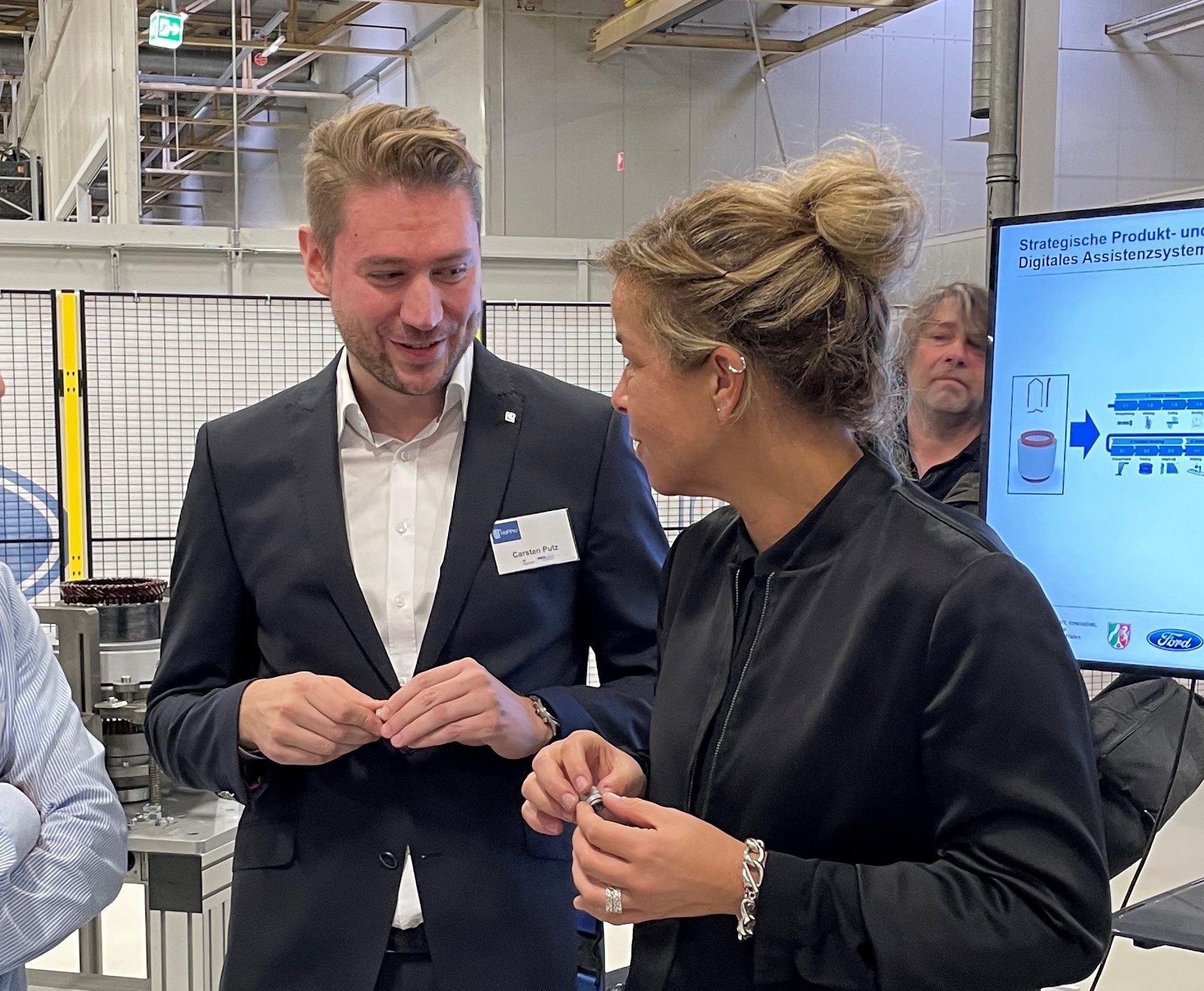
So your passion for cars reflect in your research. What exactly are you researching?
I am researching how design potentials and methods from Additive Manufacturing can be applied to the design of electric machines to make them more efficient and better. Since 2018, I have been researching the Hairpin technology, a specific type of copper winding. Hairpin electric machines are mainly used in electric cars, but they can also be used in flying taxis, tools like drills, robots, or rovers for exploration and settlement on Mars – practically any application that requires electric motors.
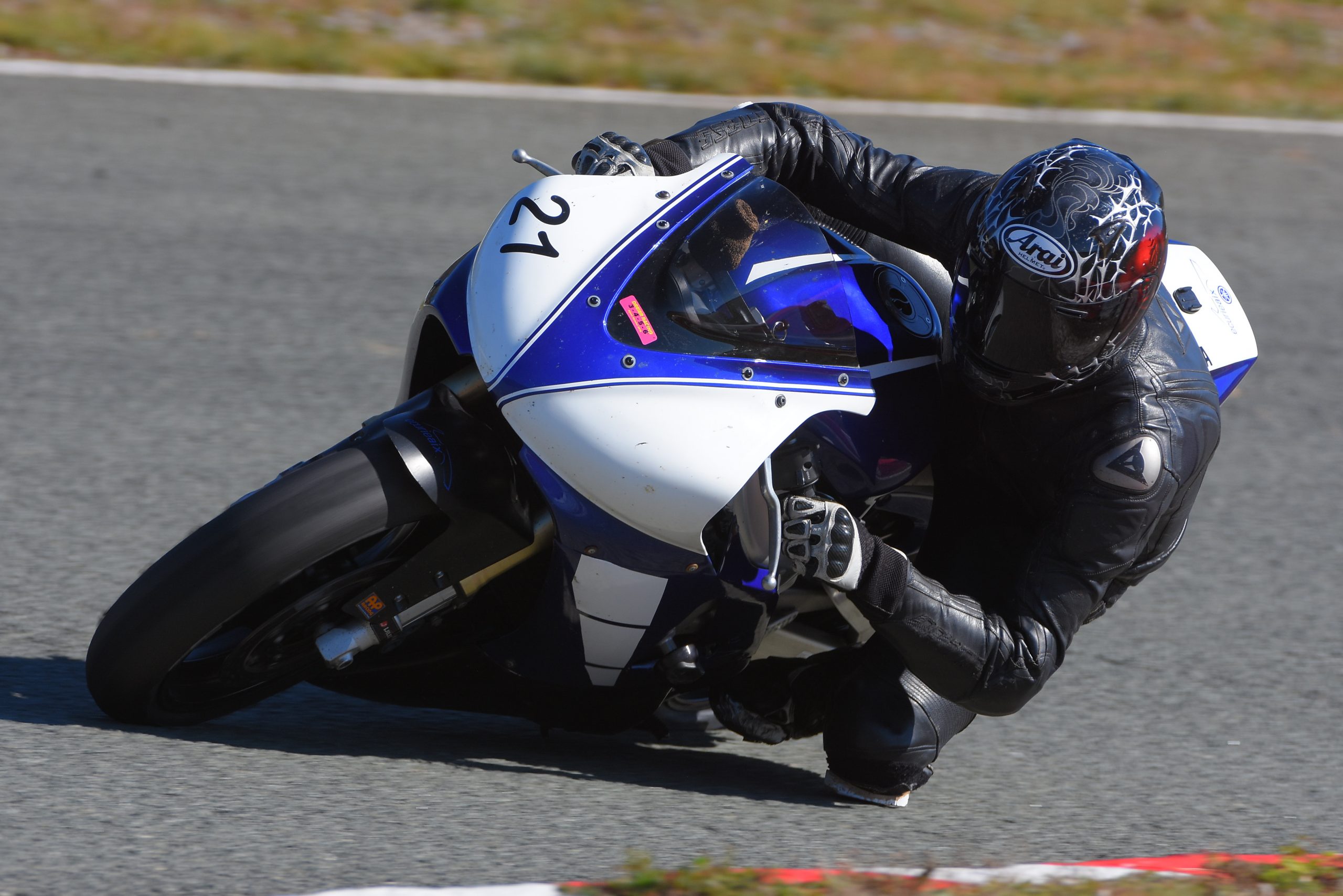
How are the design and function of these Hairpins related?
The design of individual Hairpins or an entire Hairpin winding impacts electromagnetic effects. With targeted adaptation and design, losses in electric machines can be reduced, and power density can be increased. I am researching how the design process can be automated, considering the potential of Additive Manufacturing. This involves using algorithm-based computational modelling that can generate the design of Hairpins or Hairpin windings automatically in just a few minutes.
Have you pitched your research findings to Elon Musk yet?
No, not yet. But Tesla, as well as all other automakers, are working on further optimizing and improving the copper winding of electric motors to make them more efficient. Elon can read about how the entire design process can be automated in my dissertation (hopefully soon). Let that sink in! By the way, Apple is also pursuing innovative approaches in this research field, such as the use of complex busbars instead of winding heads. We have already developed and implemented a design algorithm to automatically generate the design of such busbars.
At DAP it is all about cars for you, but in your free time, you like to ride motorcycles. What model do you ride, and what is your favourite route??
Currently, I ride a Yamaha R1, and my favourite route is the Automotodrom Grobnik in Rijeka, Croatia. However, I’ve also had some mishaps and ended up in the gravel trap at the Nürburgring, Hockenheimring, or in Belgium at Zolder and Mettet 😉!
Carsten Putz, M. Sc.
RWTH Aachen Chair
Digital Additive Production DAP
Campus-Boulevard 73
52074 Aachen
Further News
DAP at RAPID+TCT
Take your Chance! The Potential of Strategic Production Planning for AM: Deep Dive with Stephan Ziegler at RAPID + TCT! Alongside ACAM, we are excited to be at RAPID + TCT this week, the premier fair for Additive Manufacturing and 3D printing. Our Chief Engineer,...
Sign Up, Grab Your Headphones and Tune into Our Audio Event
Attention, Innovators! Join Our Brand New Networking Format: Between the Layers Second Episode: Can Additive Manufacturing Actually Boost Bone Healing? JULY 4TH, 2024 | 11:30 A.M. (CET) | LINKEDINOUR GUESTS: RALD GROVEN | UNIKLINIK AACHEN & HANS LEEMHUIS |...
DAP at ADDITIVE 2024
Take your Chance! Next Level Alloy Development: Catch Marie-Noemi Bold at ADDITIVE 2024 in Bremen! She will dive into the fascinating world of High-speed Laser Directed Energy Deposition (HS DED-LB). Her presentation, titled "Influence of Process Parameters on...
DAP at SurfaceTechnology
Take your Chance! A new opportunity for multi-material coatings: discover Separate Powder Injected DED-LB at SurfaceTechnology This week, the SurfaceTechnology GERMANY opens its doors in Stuttgart! This international event brings together leading experts to present...
Week of Environment
04.05. - 05.05.2024, Berlin, germany The DAP at Week of Environment Soon, the "Week of the Environment" will open its doors! Organized by the German Federal Environmental Foundation (DBU), this event brings together leading experts and enthusiasts to showcase...
DAP x EOS: Metal Symposium in Aachen
Take your Chance! "Unleash Your Power" at the Metal Symposium in Aachen We need to think beyond previous manufacturing limitations: The world of additive manufacturing is changing. Applications that once seemed impossible are now a reality. To dive deeper into the...
This picture shows a component that was developed in one of our projects together with Kueppers Solutions GmbH.

